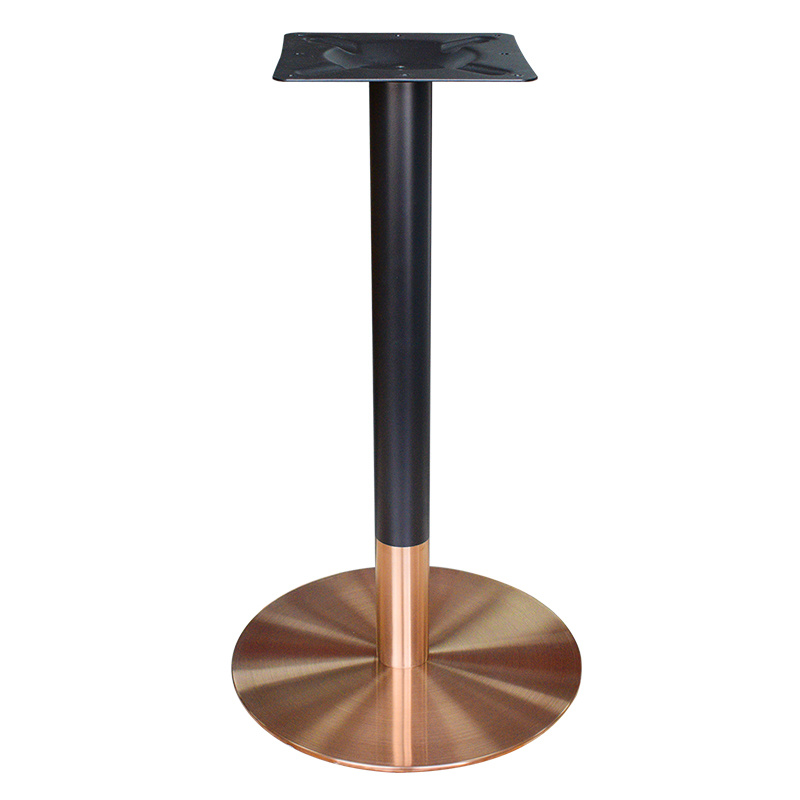A quick share, in one minute, let you understand the molding process used in foundries.
Release time:
2022-12-30
What is the molding process of casting in a foundry? Let's take a look together. 1. Gravity casting: sand casting, hard mold casting. It relies on the gravity of the metal itself to pour the molten metal into a hollow. 2. Pressure casting: low-pressure casting, high-pressure casting. The foundry uses additional pressure to instantly push the molten metal into the casting cavity.
What is the molding process of castings in a foundry? Let's take a look together. 1. Gravity casting: sand casting, hard mold casting. Relying on the gravity of the metal itself, the molten metal is poured into a hollow. 2. Pressure casting: low-pressure casting, high-pressure casting. The foundry uses additional pressure to instantly push the molten metal into the casting cavity.
What aspects does the casting process in a foundry usually include? Let's take a look together. Mold preparation, molds can be divided into metal molds, ceramic molds, clay molds, graphite molds, etc., based on the materials used, and can be classified as disposable molds based on usage frequency. The quality of mold preparation in the foundry is a major factor affecting the quality of castings. Melting and casting of metals, the main casting metals include various cast iron, cast steel, and non-ferrous metals and alloys.
The handling and inspection of castings in a foundry include removing core sand and foreign objects from the surface of the castings, removing main runners, wear, and other protrusions, heat treatment, shaping, rust prevention, rough machining, etc. The casting process in a foundry can be divided into three basic parts: preparation of casting metals, preparation of molds, and handling of castings. The casting metals in a foundry are the metal materials used for casting, consisting mainly of one metal element along with other metal or non-metal elements to form an alloy, commonly referred to as casting alloys, mainly including cast iron, cast steel, and cast non-ferrous alloys.
Metal smelting in a foundry is not just simple melting; it also includes the smelting process to ensure that the metal poured into the mold meets the expected temperature, chemical composition, and purity. Therefore, various tests for quality control are conducted during the smelting process, and the liquid metal can be allowed to be poured once it meets various specified indicators. Sometimes, to meet higher requirements, the molten metal in the foundry may also undergo external treatment after baking, such as desulfurization, vacuum degassing, external refining, inoculation, or modification treatment. Common equipment used for smelting metals includes cupola furnaces, electric arc furnaces, induction furnaces, resistance furnaces, and reflection furnaces.
Here are some advantages of foundries: 1. They can produce parts with complex shapes, especially castings with intricate internal cavities. 2. Wide adaptability; commonly used industrial metal materials can be cast, ranging from a few grams to hundreds of tons. 3. A wide range of raw material sources at low prices, such as scrap, waste, and shavings. 4. The shape and size of castings from the foundry are very close to the parts, reducing cutting volume, which is considered non-cutting processing. 5. Wide application; 40% to 70% of the weight in agricultural machinery and 70% to 80% in machine tools are castings.
Related News
Share




